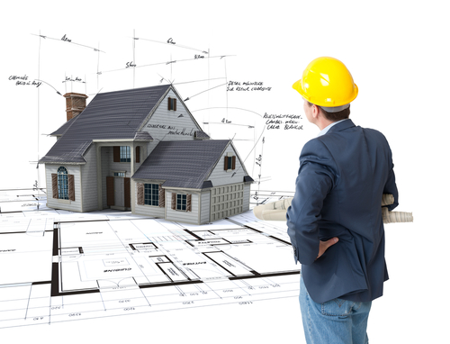Stamp with Attached Label: Building of the Sliven Metropolitanate, by Zahari Iliev (Bulgaria 2023)
Building of the Sliven Metropolitanate, by Zahari Iliev (Bulgaria 2023)
11 December (Bulgaria ) within release Building of the Sliven Metropolitanate, by Zahari Iliev goes into circulation Stamp with Attached Label Building of the Sliven Metropolitanate, by Zahari Iliev face value 1.90 Bulgarian lev
| Stamp with Attached Label Building of the Sliven Metropolitanate, by Zahari Iliev in catalogues | |
|---|---|
| Colnect codes: | Col: BG 2023.12.11-02a |
Stamp with Attached Label is square format.
Issued in panes containing three stamps and three se-tenant labels printed checkerboardAlso in the issue Building of the Sliven Metropolitanate, by Zahari Iliev:
- Stamp - Building of the Sliven Metropolitanate, by Zahari Iliev face value 1.90;
- Stamp with Attached Label - Building of the Sliven Metropolitanate, by Zahari Iliev face value 1.90;
- Full Pane - Building of the Sliven Metropolitanate, by Zahari Iliev face value 3*1.90;
Stamp with Attached Label Building of the Sliven Metropolitanate, by Zahari Iliev it reflects the thematic directions:
An architect is a person who plans, designs, and oversees the construction of buildings. To practice architecture means to provide services in connection with the design of buildings and the space within the site surrounding the buildings that have human occupancy or use as their principal purpose. Etymologically, the term architect derives from the Latin architectus, which derives from the Greek (arkhi-, chief + tekton, builder), i.e., chief builder
Architecture (Latin architectura, from the Greek ἀρχιτέκτων arkhitekton "architect", from ἀρχι- "chief" and τέκτων "builder") is both the process and the product of planning, designing, and constructing buildings and other physical structures. Architectural works, in the material form of buildings, are often perceived as cultural symbols and as works of art. Historical civilizations are often identified with their surviving architectural achievements.
A building or edifice is a structure with a roof and walls standing more or less permanently in one place, such as a house or factory. Buildings come in a variety of sizes, shapes and functions, and have been adapted throughout history for a wide number of factors, from building materials available, to weather conditions, to land prices, ground conditions, specific uses and aesthetic reasons. Buildings serve several needs of society – primarily as shelter from weather, security, living space, privacy, to store belongings, and to comfortably live and work. A building as a shelter represents a physical division of the human habitat (a place of comfort and safety) and the outside (a place that at times may be harsh and harmful).



